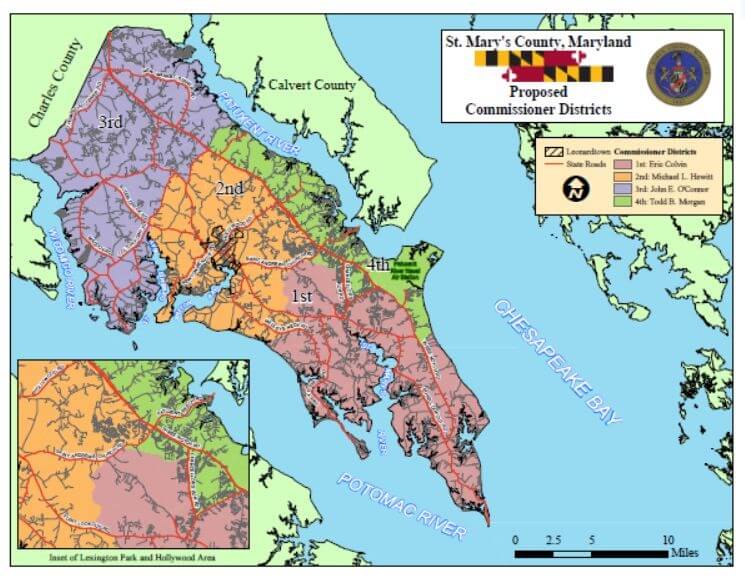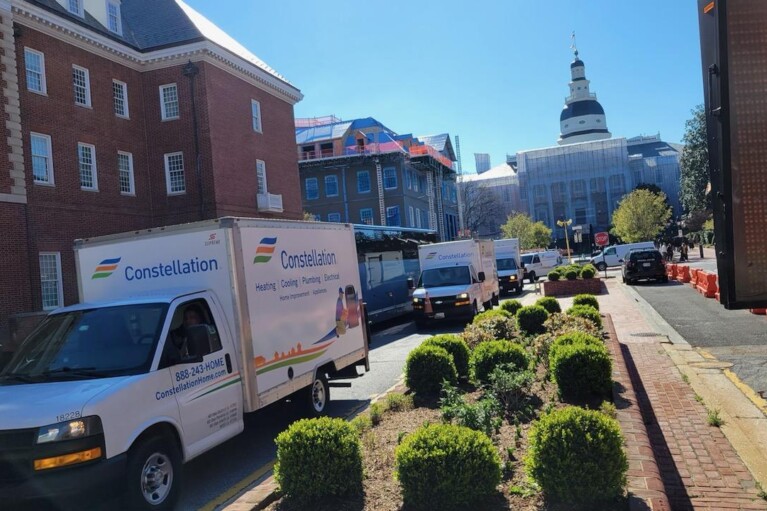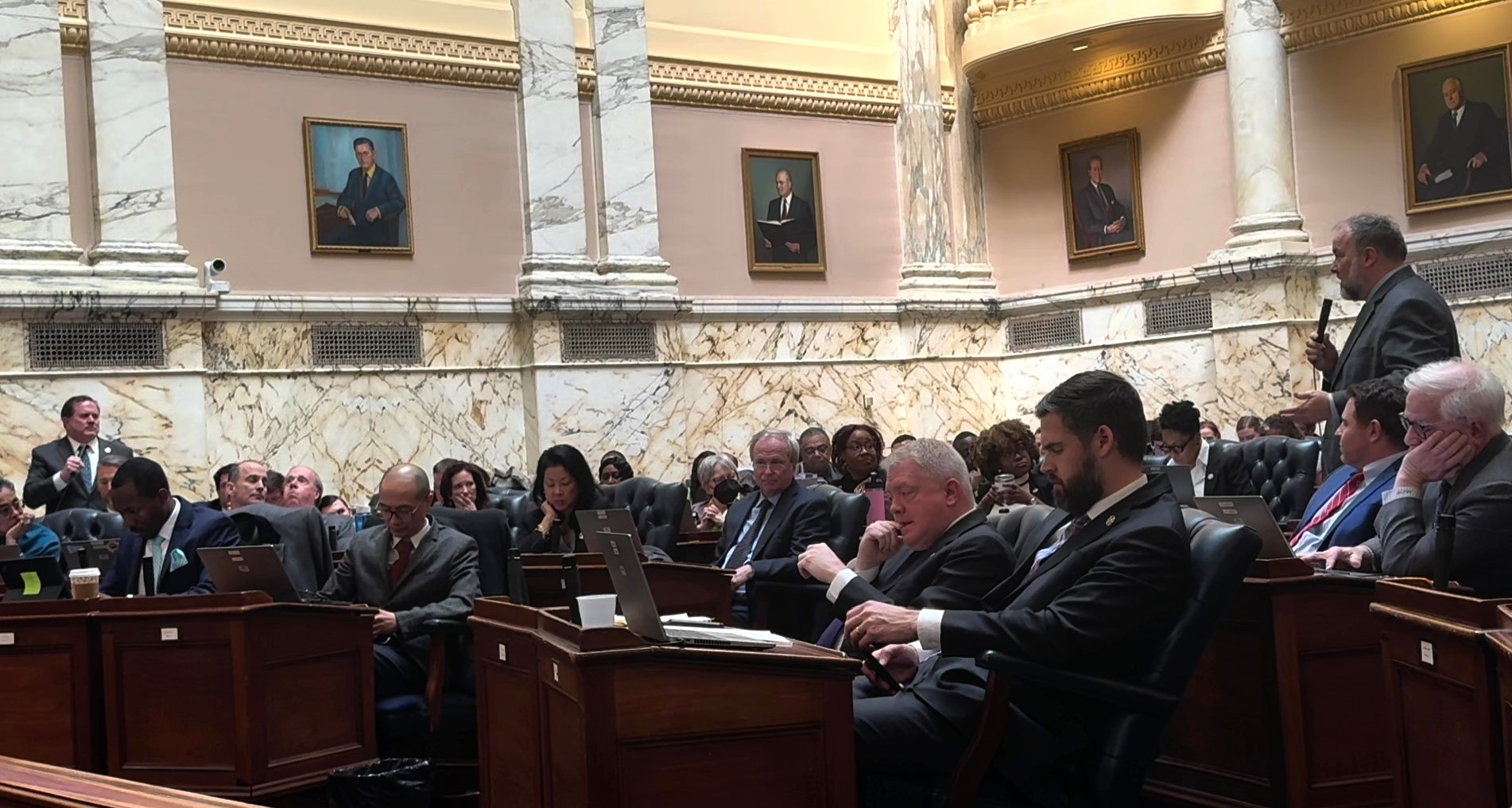
By Brandon Russell
The writer, vice chairman of the St. Mary’s County Democratic Central Committee lives in Leonardtown.
Imagine a county led by five white male Republican county commissioners where each commissioner has the ability to appoint one person to a local redistricting board.
Community members push the commissioners to appoint a balanced redistricting board of two Republicans, two Democrats and one independent and further ask that these appointments be diverse according to race and gender. Unmoved, the commissioners ignore these requests and instead appoint an all-white, all-Republican redistricting board of four men and one woman.
This is the reality in St. Mary’s County.
A desperate attempt at a power grab, the decisions made by my county commissioners to appoint a completely partisan redistricting board are a direct response to their feeling threatened during the last legislative session.
Del. Brain Crosby (D-St. Mary’s) introduced House Bill 655 in the Maryland General Assembly in early 2021. The bill would have eliminated at-large voting and instead require the county commissioners be elected by only the voters in their district. Under the current at-large voting process, a resident living in Charlotte Hall votes for someone who represents a resident in Point Lookout, 42 miles away. If HB 655 had passed, it would have created a majority Democratic district with a large minority population in Commissioner District 4.
Commissioner Todd Morgan, who currently represents District 4, motioned for a referendum eliminating commissioner districts altogether at a commissioners’ meeting in late February. This was a direct shot at circumventing the anticipated passage of HB 655 (the bill ultimately stalled in the state Senate). The move would have ended the requirement for each commissioner to live in a separate district, one which has been in place since 1839. Now, the redistricting board aims to divide Commissioner District 4 to prevent the possibility of a future HB 655 from disrupting the control of the Republican majority in St. Mary’s County.
The redistricting board’s goal is to achieve an equal distribution of population across all four commissioner districts, plus or minus 5%, using the 2020 Census results. Board members were advised by the county attorney’s office, during an October meeting, to consider only the current population numbers and not make decisions based on potential future population changes.
The redrawn map has been brought forward for public comment. Board Chair Rich Johnson defended the map as having the most equal distribution of population while allowing for population growth in District 4 over the next decade. The map’s creator, Vice Chair Matt Burgan, attempted to explain the drastic redraw of District 4 saying it was for “ease and fairness of future redistricting requirements.”
This is in direct opposition to the legal advice from the county attorney.
The county’s 2011 redistricting board faced making adjustments after a 22% growth in population but managed to complete the process while making just one change to the commissioner districts. The current redistricting board was confronted with an 8% growth in population but drastically redrew the map.
The board’s proposed map splits nine election precincts, with six of those split solely because of how District 4 has been redrawn. They split the communities of Lexington Park and Great Mills, which have been part of Commissioner District 4 for the past 40 years. Three of the county’s five Title I schools are in District 4. The district also houses three of the four developments receiving funds from the Community Development Block Grant for low-income housing.
These changes affect over 28,000 registered voters, or about a quarter of the population in St. Mary’s County. Proposed maps drawn by other board members affected far less people. This fact was cited by the two dissenting votes from board members who do not support the proposed map as drawn. Board member Paul Thompson, one of the dissenters, said, “We’re doing this for no real purpose” during discussions over the suggested changes to District 4.
Republicans in St. Mary’s County may have the largest single party registration at 41%, but the Republican leadership continues to ignore requests from the broader community. Those of us who are registered as anything other than Republican account for 59% of voters in the county.
Our voice is just as important as the Republican base. Unfortunately, in the name of seizing and holding power, our voices are consistently silenced.
As St. Mary’s Countians watch their elected leaders attempt to wrest control of county politics away from the people for the next decade, they should be concerned. What could have been a bipartisan process with community involvement has turned into an effort to solidify local gerrymandering.
Commissioner Eric Colvin advised residents concerned about redistricting to focus on the state level, “where the real problem is,” during a public forum in January. It seems there is a local problem with gerrymandering as well.





 Creative Commons Attribution
Creative Commons Attribution